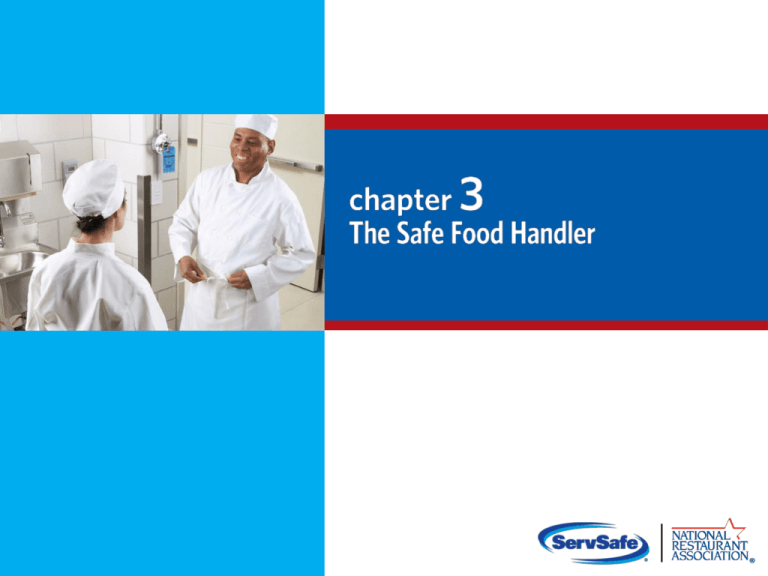
Self-service areas, notably prevalent in restaurants, buffets, and cafeterias, offer convenience and autonomy to patrons. However, they also pose significant risks for cross-contamination, ultimately compromising food safety. Understanding which actions can lead to such contamination is paramount. Below, we delineate common missteps that could jeopardize the integrity of food in self-service environments.
1. Inadequate Hand Hygiene
The cornerstone of food safety is rigorous hand hygiene. Many patrons underestimate the importance of washing hands thoroughly before serving themselves. Improper handwashing can lead to the transfer of harmful pathogens from hands to food items. It is imperative that establishments provide accessible handwashing stations equipped with soap and disposable towels, and that signage is prominently displayed to educate patrons on the necessity of this hygienic practice.
2. Lack of Utensil Usage
Using hands instead of designated utensils can significantly increase the chances of contamination. Patrons may inadvertently introduce bacteria to food items by simply reaching in. To mitigate this risk, establishments should ensure that all food items served in self-service areas are accompanied by appropriate serving utensils. Clear instructions should also be provided to encourage their use, thereby safeguarding food from direct contact with consumers’ hands.
3. Overcrowded Serving Areas
Self-service stations that become overly congested foster an environment ripe for mishaps. When numerous individuals attempt to serve themselves simultaneously, it heightens the likelihood of unintended contact with food items. To alleviate this issue, it is advisable to limit the number of patrons allowed in the serving area at any given time. Implementing a staggered serving approach can also help maintain order and reduce the risk of contamination.
4. Neglecting Food Temperature Control
Foodborne pathogens thrive between the temperatures of 40°F and 140°F (4°C to 60°C). When self-service areas neglect proper temperature maintenance, such as allowing hot foods to cool or cold foods to warm, the risk of harmful bacterial growth escalates sharply. It is essential that establishments employ thermometers to monitor food temperatures consistently and to educate patrons on the importance of service time limits for perishable items.
5. Cross-Contamination from Drip Trays
Many self-service stations feature drip trays designed to catch spills from food items. However, if not cleaned regularly, these trays can become vectors for bacteriological transfer. To counteract this risk, protocols should be established for the frequent sanitation of drip trays, alongside clear policies for the timely disposal of any food debris that accumulates in these areas.
6. Improper Food Storage Practices
The arrangement of food items within self-service areas can also influence contamination risks. For instance, placing raw foods near ready-to-eat items can lead to cross-contamination. It is crucial to implement a strict maintenance schedule that organizes the layout of self-service stations in a manner that separates raw and cooked products and minimizes any potential contact between items.
7. Inappropriate Consumer Conduct
Consumer behavior plays a critical role in food safety at self-service establishments. Common issues include patrons sneezing or coughing near food items or failing to cover their mouths while serving portions. Training staff to observe and manage customer behavior proactively can mitigate these risks. Additionally, reminders placed in close proximity to food stations can encourage patrons to maintain proper etiquette.
8. Failure to Maintain Cleanliness
Surfaces in self-service areas, including counters, tables, and serving stations, can quickly become breeding grounds for bacteria if not properly cleaned. Establishments must establish rigorous cleaning schedules that audit and maintain the cleanliness of these areas throughout the entire service period. Employing staff to monitor these surfaces and adjust cleaning protocols dynamically can be invaluable during busy service times.
9. Unsuitable Container Choices
The choice of packaging and containers for self-served food can inadvertently cause contamination. For example, allowing patrons to use improperly sanitized containers or encouraging the use of bowls that have been previously used can increase the risk of bacterial transfer. Establishments should standardize container use and implement protocols to ensure that all materials are sanitized appropriately and ready for consumer use.
10. Ignoring Signs of Spoilage
Signs of spoilage, such as changes in color, odor, or texture of food items, should never be ignored. Staff must be trained to recognize these indicators and take immediate action when food appears compromised. Regular monitoring and evaluation of food items should form a core component of the larger food safety plan within any self-service area.
Conclusively, maintaining food safety in a self-service environment demands vigilance and proactive strategies. By understanding and addressing these common actions that could contaminate food, both establishments and patrons can contribute to a safer dining experience. Educating consumers, enforcing hygienic practices, and ensuring a clean and orderly service area are instrumental in minimizing health risks associated with self-service areas.
